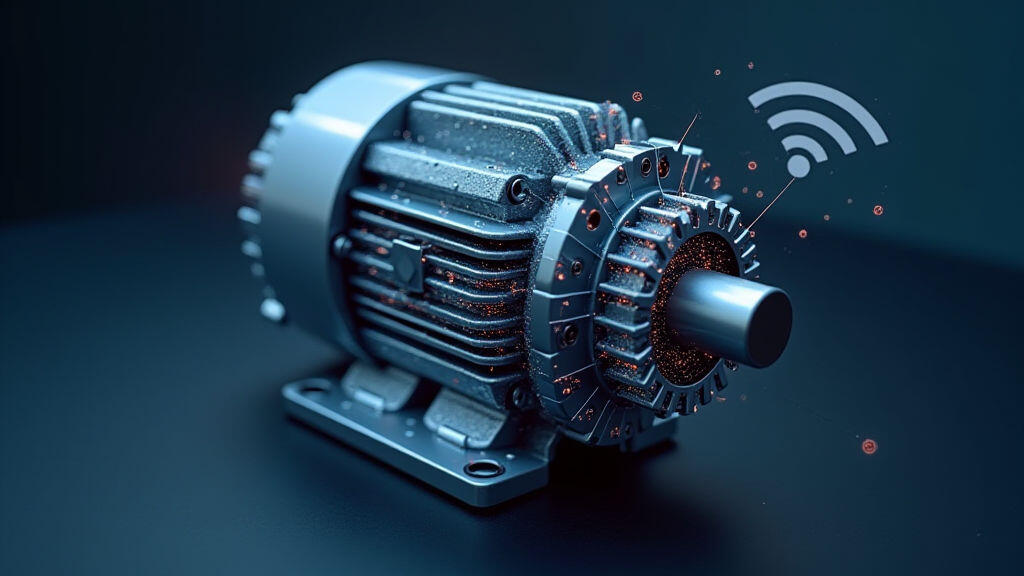
In today’s fast-paced manufacturing landscape, precise and reliable motion control is paramount. At the heart of many automated systems lies the DC gear motor. Selecting the right DC gear motor isn’t simply a matter of choosing a component; it's a critical decision impacting overall system performance, efficiency, and long-term cost. This article shares practical experience and insights gleaned from professionals in the manufacturing field, focusing on key selection considerations and highlighting the advantages of leveraging advanced features. Moreover, we'll touch upon how burgeoning Industry 4.0 trends, particularly predictive maintenance, are influencing DC gear motor choices.
Before diving into selection criteria, it's crucial to understand the basic components and operating principles of a DC gear motor. A DC gear motor combines a DC motor with a gearbox. The motor provides the rotational power, while the gearbox reduces the rotational speed and increases the torque. This combination is ideal for applications requiring high torque at lower speeds, common in robotics, conveyor systems, and various automated machinery.
Key characteristics to consider include:
Selecting the optimal DC gear motor requires careful consideration of several factors, often intertwined. Here's a detailed breakdown:
1. Application Requirements: This is the starting point. Clearly define the application's needs:
2. Torque & Gear Ratio Calculation: Precision in this step is vital. Use the following formula as a starting point:
It's recommended to add a safety factor (typically 20-50%) to the calculated torque to account for unforeseen circumstances and wear. Incorrect torque selection is a common cause of motor failure.
3. Motor Type Selection: DC gear motors come in various types, each with its own pros and cons:
4. Environmental Considerations: The operating environment significantly impacts motor selection.
5. Efficiency & Power Consumption: In today’s energy-conscious climate, efficiency is crucial. Choosing a high-efficiency motor can significantly reduce energy consumption and operating costs. Look for motors with high efficiency ratings (e.g., IE3, IE4).
The rise of Industry 4.0 and the increasing emphasis on predictive maintenance are profoundly impacting DC gear motor selection. Sensors integrated into motors can monitor parameters like vibration, temperature, current, and voltage. This data, when analyzed using machine learning algorithms, can predict potential failures before they occur.
MES-Drive, for instance, offers DC gear motors equipped with integrated sensors and data analytics capabilities. This allows manufacturers to implement proactive maintenance strategies, minimizing downtime and maximizing equipment lifespan. This is particularly important in sectors like automotive manufacturing and pharmaceuticals, where even short production interruptions can be costly.

We've observed several common challenges during DC gear motor selection:
The future of DC gear motors is intertwined with advancements in materials science, sensor technology, and data analytics. We can expect to see:
MES-Drive is actively investing in these areas, developing innovative DC gear motor solutions that meet the evolving needs of the manufacturing industry.

Selecting the right DC gear motor is a critical investment for any manufacturing operation. By carefully considering application requirements, torque and gear ratio needs, motor type selection, environmental factors, and efficiency, manufacturers can ensure optimal performance, reliability, and cost-effectiveness. The emergence of Industry 4.0 and predictive maintenance is further driving the adoption of smart DC gear motors equipped with advanced sensors and data analytics capabilities.
As manufacturers increasingly embrace data-driven decision-making and proactive maintenance strategies, the demand for highly reliable, efficient, and intelligent DC gear motors will continue to grow. Companies like MES-Drive are poised to lead this trend, offering cutting-edge solutions that empower manufacturers to optimize their operations and thrive in the competitive global market. This is an exciting area of development, particularly relevant given the current focus on resilient supply chains and minimizing operational disruptions – themes amplified by recent global events. The future of motion control is intelligent, connected, and sustainable.
Leave A Reply
Your email address will not be published. Required fiels are marked